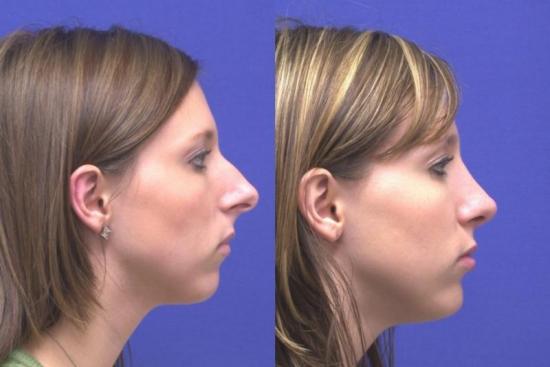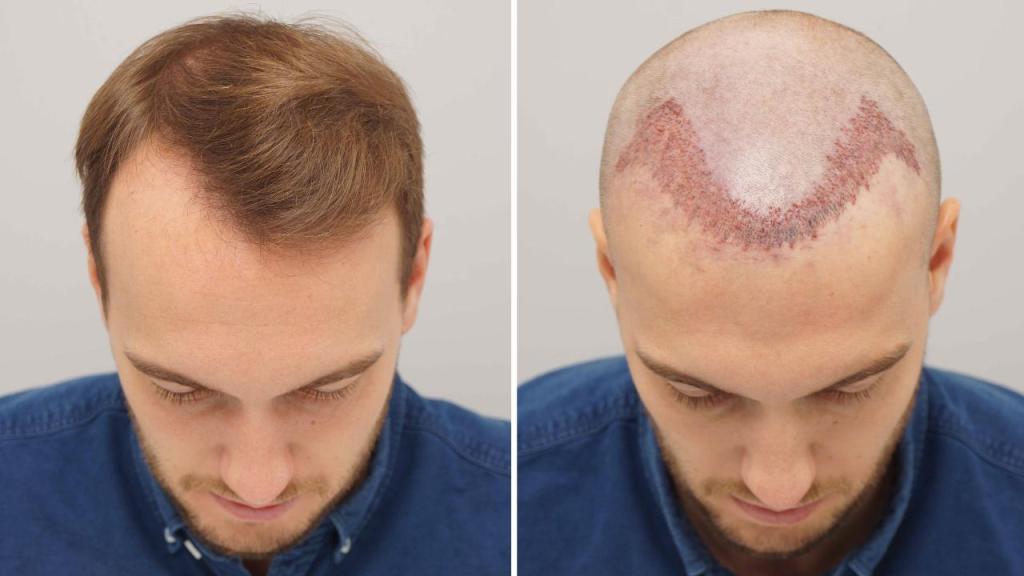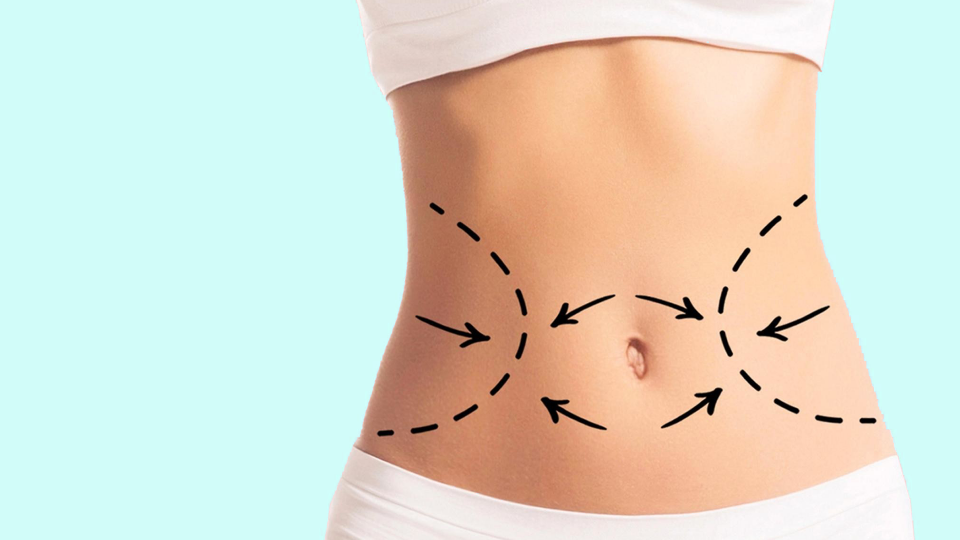Ice packs: they may seem simple, but they are a powerful solution when it comes to managing pain and swelling. In this blog post, we will explore the various ways in which ice packs can provide immediate relief and promote a swift recovery. From applying cold compresses to elevating the head and avoiding strenuous activities, we’ll uncover effective techniques to minimize swelling and reduce inflammation. Additionally, we will discuss the benefits of prescribed pain medications, gentle massage, and the use of Arnica gel in aiding fluid drainage and promoting a quick recovery process.
Ice Packs: A Simple Solution
Swelling after nose aesthetics is a common concern for many individuals. Whether you have undergone a rhinoplasty procedure or have experienced trauma to the nose, dealing with swelling can be quite discomforting. Fortunately, there are several simple solutions that can help alleviate this issue. One of the most effective and readily available methods is the use of ice packs.
Ice packs serve as a great way to reduce swelling and provide immediate relief. The cold temperature helps constrict blood vessels, thereby reducing blood flow and minimizing inflammation. To use an ice pack, simply wrap it in a thin cloth or towel and gently apply it to the affected area. Make sure not to place the ice pack directly on your skin to avoid any potential damage.
In addition to reducing swelling, ice packs also help in numbing the area, which can help alleviate any pain or discomfort you may be experiencing. You can use ice packs multiple times a day for short durations, typically around 10-15 minutes each time. This allows for effective cooling without risking frostbite or skin irritation.
Applying Cold Compresses: Immediate Relief
When it comes to reducing swelling after nose aesthetics, applying cold compresses can provide immediate relief. Swelling is a normal part of the healing process, but it can be uncomfortable and even painful. Cold compresses, such as ice packs, can help to constrict blood vessels and reduce inflammation, resulting in reduced swelling and discomfort.
Cold compresses work by numbing the area and decreasing blood flow, which can help to reduce swelling and pain. They are easy to use and can be made from items you probably already have at home, like ice cubes wrapped in a clean towel or a bag of frozen peas. Applying a cold compress directly to the nose or the surrounding area for 10-15 minutes at a time, several times a day, can provide immediate relief from swelling.
In addition to reducing swelling, cold compresses can also help to alleviate any discomfort or pain you may be experiencing after nose aesthetics. The cold temperature can numb the area, providing a soothing sensation and reducing the intensity of any pain.In conclusion, applying cold compresses can be a simple and effective way to find immediate relief from swelling after nose aesthetics. By constricting blood vessels and reducing inflammation, they can help to minimize swelling and alleviate discomfort. Whether you use ice packs, frozen peas, or a cold towel, make sure to apply the compress for 10-15 minutes at a time, several times a day, to see the best results. Remember to always consult with your doctor or surgeon for personalized advice and guidance during your recovery process. So, make sure to have some ice packs on hand to help you through the healing process!
| Pros | Cons |
|---|---|
| Provides immediate relief | Can cause numbness in the area |
| Reduces swelling and inflammation | May require frequent application |
| Easy to use with household items | Not suitable for everyone (consult a doctor) |
| Soothes discomfort and pain |
Elevating The Head: Reduce Fluid Build-Up
When it comes to reducing swelling after nose aesthetics, one simple and effective solution is elevating the head. By keeping the head elevated at a higher level than the heart, it helps to reduce fluid build-up in the nasal area. This technique is commonly recommended and followed by professionals in the field. Elevating the head not only helps in minimizing swelling but also ensures a more comfortable recovery process.
So, how can you elevate your head effectively? There are a few ways to achieve this. One option is to use extra pillows while sleeping or resting. By stacking a few pillows under your head, you can create a gradual incline that helps to promote fluid drainage. Another method is to use a bed wedge pillow specifically designed to elevate the head. These pillows provide the ideal angle for reducing fluid build-up and are often recommended by doctors post-nose aesthetics.
Aside from aiding in reducing swelling, elevating the head also offers additional benefits. It can help improve breathing by keeping the airways open, reduce snoring, and enhance overall comfort during the recovery period. It is essential to maintain the elevated position for at least a few days following the procedure to ensure optimal results. Remember to consult with your healthcare provider for personalized advice on the duration and angle of elevation suitable for your specific condition.
Avoiding Strenuous Activities: Minimizing Swelling
Swelling after nose aesthetics is a common concern for many individuals. After undergoing a nose job, it is important to take certain precautions and avoid strenuous activities in order to minimize swelling. While it may be tempting to jump back into your regular routine, it is crucial to prioritize your recovery and give your body the time it needs to heal properly.
Strenuous activities can exacerbate swelling as they increase blood flow to the affected area. This can lead to prolonged healing time and potentially compromise the final outcome of your nose aesthetics. It is essential to listen to your body and refrain from activities such as intense workouts, heavy lifting, or any activities that put strain on your facial muscles.
Likewise, activities that involve sudden movements or bending over should also be avoided. These movements can increase pressure in the nasal area and potentially disrupt the healing process. It is best to take it easy and give your body the chance to recover fully.Table:
| Activities to Avoid: | Activities to Engage In: |
|---|---|
| Intense workouts | Light stretching |
| Heavy lifting | Gentle walks |
| Sudden movements | Yoga |
| Bending over | Deep breathing exercises |
By avoiding strenuous activities and opting for more gentle movements, you can help minimize swelling and promote a smoother recovery process. It is important to remember that everyone’s recovery is different, and it is essential to follow the guidance provided by your surgeon.
Additionally, following a healthy lifestyle, including a balanced diet and staying hydrated, can also contribute to a faster recovery. These factors play a significant role in managing inflammation and promoting overall well-being.
Remember, patience is key during the recovery period. While it may be frustrating to put your regular activities on hold, allowing your body to heal properly will ultimately lead to more satisfactory results. If you have any concerns or questions regarding swelling after nose aesthetics, reach out to your surgeon for guidance and reassurance.
Prescribed Pain Medications: Reduce Inflammation
When it comes to managing swelling after nose aesthetics, prescribed pain medications can be a game-changer. While there are various options available, these medications are specifically designed to alleviate pain and reduce inflammation. Whether you’re experiencing mild discomfort or more intense pain, these prescribed medications can provide much-needed relief, helping you on your path to a smooth recovery.
One common pain medication prescribed after nose aesthetics is ibuprofen. This over-the-counter drug, also known as Advil or Motrin, helps to reduce swelling by blocking certain chemicals in the body that contribute to inflammation. It is important to follow the prescribed dosage and consult with your surgeon or doctor before taking any pain medication.
Another type of pain medication frequently prescribed is acetaminophen. Commonly known as Tylenol, this medication works by changing how the body perceives pain. It does not directly reduce inflammation but can effectively provide relief from post-aesthetic swelling and discomfort.
- Swelling management can also include corticosteroids. These medications are prescription-only and have potent anti-inflammatory properties. They work by reducing the production of chemicals that cause inflammation and can be prescribed either as pills or nasal sprays.
- For severe cases of swelling, your healthcare professional may consider prescribing strong prescription pain relievers such as opioids. These medications are typically used for short-term pain relief and require close monitoring by your medical team.
In addition to reducing inflammation, prescribed pain medications can help you feel more comfortable during the recovery process. However, it is important to remember that pain medications are not a long-term solution and should be used only as prescribed by your healthcare provider. It is crucial to discuss any concerns or questions you may have about your pain management plan with your doctor or surgeon.
Gentle Massage: Promoting Fluid Drainage
After undergoing nose aesthetics, it is common to experience swelling and fluid build-up in the treated area. This can be uncomfortable and may prolong the recovery process. One effective method to promote fluid drainage and reduce swelling is gentle massage. By using gentle and cautious movements, you can help stimulate lymphatic flow and encourage the elimination of excess fluid.
When performing a gentle massage on the swollen area, it is crucial to use your fingertips instead of applying strong pressure. Start by lightly tapping or patting the area, gradually moving towards the outer edges. This technique helps increase blood circulation and promotes lymphatic drainage. Remember to be gentle and avoid any forceful movements that could potentially cause additional swelling or discomfort.
Additionally, using your fingertips, you can gently glide along the lymphatic pathways around your nose and face. These pathways are located just beneath the skin’s surface and are responsible for draining excess fluid. By stimulating these pathways through gentle massage, you encourage the proper flow and elimination of fluid, thus reducing swelling.
| Benefits of Gentle Massage for Fluid Drainage |
|---|
| 1. Enhanced Circulation: Gentle massage improves blood flow to the treated area, promoting the removal of excess fluid. |
| 2. Reduced Swelling: By stimulating lymphatic flow, gentle massage aids in reducing swelling and minimizing discomfort. |
| 3. Faster Recovery: Promoting fluid drainage through gentle massage can accelerate the healing process and ensure a swift recovery. |
Massage can be incredibly beneficial, but it is important to consult your healthcare provider or surgeon before attempting any post-operative techniques. They can guide you on the appropriate timing and technique for gentle massage, ensuring it complements your specific healing process. Remember to be gentle, patient, and consistent with your massage routine, as regularly promoting fluid drainage can significantly contribute to a smoother and quicker recovery following nose aesthetics.
In addition to gentle massage, there are other methods you can incorporate into your routine to further aid in fluid drainage. Elevating your head while resting, applying cold compresses, and avoiding strenuous activities can all work synergistically to minimize swelling and promote a smoother recovery process. If prescribed, taking pain medications and using Arnica gel as directed by your healthcare provider can also provide additional relief and support during the healing journey.
Using Arnica Gel: Swift Recovery Aid
Using Arnica gel can be a swift recovery aid when it comes to reducing swelling after nose aesthetics. Many people undergo nose aesthetics to improve their appearance or to correct any nasal deformities. However, the aftermath of the procedure often involves swelling and discomfort. This is where Arnica gel comes into play.
Arnica, a natural herb derived from the sunflower family, has been used for centuries for its medicinal properties. It is known for its anti-inflammatory and analgesic effects, making it a popular choice for reducing swelling and relieving pain. Applying Arnica gel topically can help decrease the swelling in the nose area, promoting a faster recovery.
When using Arnica gel, it is important to follow the instructions provided and consult with your surgeon or healthcare professional. They can guide you on the appropriate amount and frequency of application, ensuring that you reap the maximum benefits.




Leave a comment